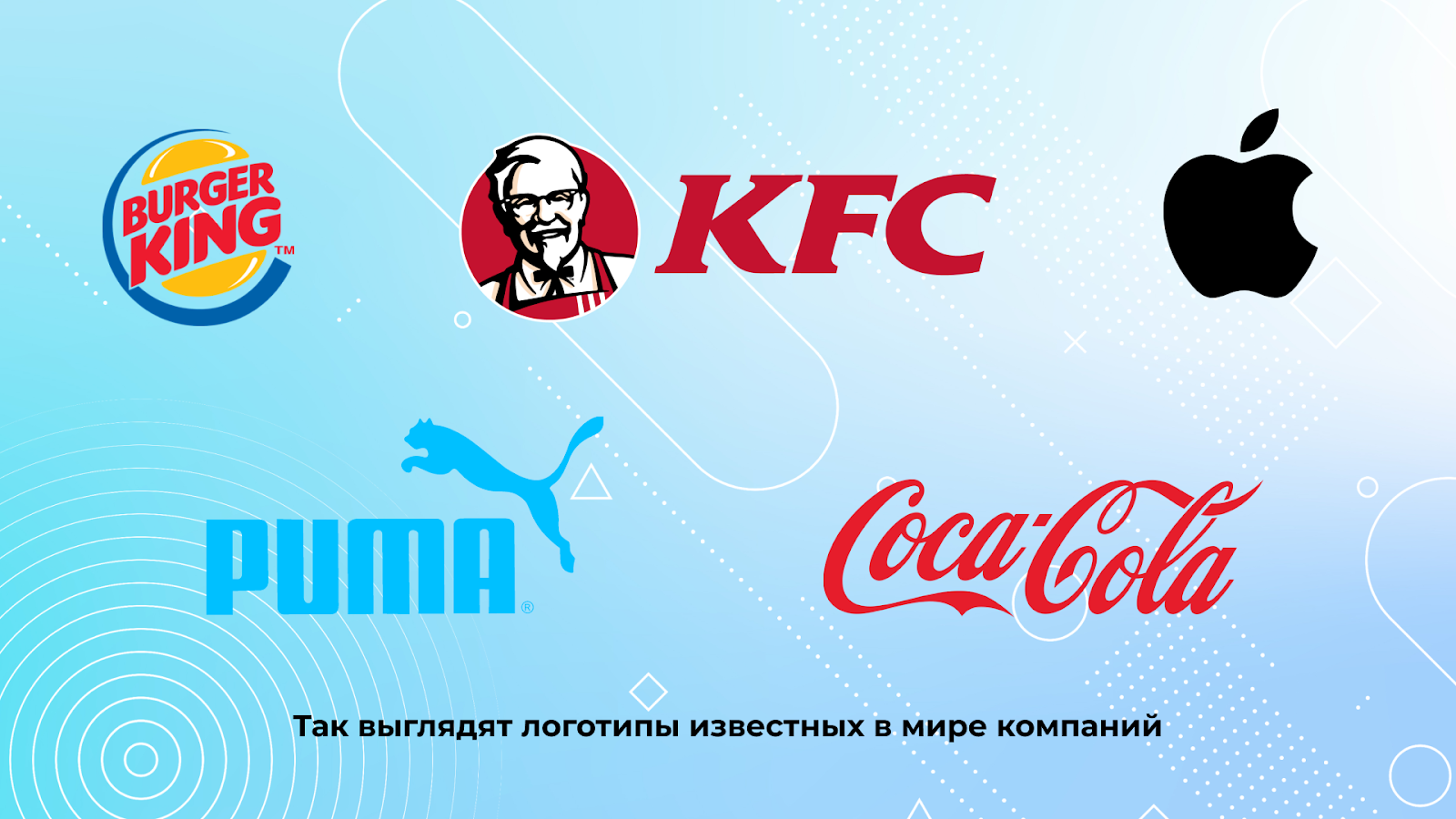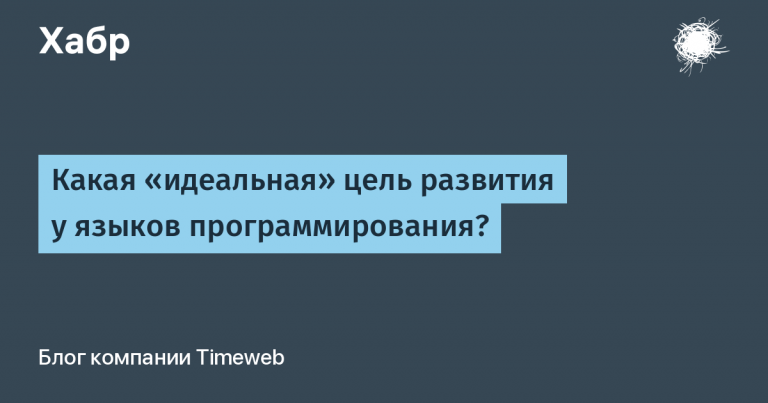How to order a logo and not become a violator?
I am sure that most entrepreneurs are not aware of the risks that await when collaborating with designers to create a logo. However, unpleasant situations occur regularly.
My name is Yuri Gorbachev. I head the Lireit patent office. In this article I will tell you what rules you need to follow in order not to become a violator and to gain full rights to the logo created by the designer.
What is a logo?
A logo is a graphic image that companies create to personalize their products and services. Due to this element of the brand, recognition and memorability increases.
A logo can be of various shapes, colors and contain unique elements: letters, symbols, images or a combination of them. It is important that the logo reflects the values and ideology of the company. It is used on product packaging, advertising materials, business cards, and the company website.

Creating a logo is a responsible process. This can be done independently, but more often entrepreneurs turn to designers or a design studio. Another option is to contact the patent office. There, the designer and namer will develop a logo, and a patent attorney will check it for uniqueness and protectability. It's more reliable.

The logo is an object of copyright. The creator has copyright and exclusive rights to the graphic image created by him. He can only transfer the exclusive right to the customer under an author's order, contract or alienation agreement, so that the successor can legally use the logo.
After this, you need to confirm ownership of the exclusive right to the logo by registering with Rospatent. This is the ideal scenario. Once this plan is completed, you can freely use the logo for commercial purposes and prohibit competitors from imitating or copying. However, it doesn't always work out so smoothly. Let's look at what problems arise and how to solve them.
Problem #1. I ordered a logo, but it turned out to be non-unique
Even for a significant amount of money, some designers sell non-unique logos to customers. This problem is more common than you might think. Not all designers know that copyright infringement is prohibited; many think that minor modifications are enough for an object to be considered unique. This is wrong. Some designers deliberately deceive customers.
You can find out about the non-uniqueness of the logo like this:
You will receive a claim from the author or copyright holder of the graphic elements.
You yourself will discover a similar logo or copyright object.
You submit your logo for registration to Rospatent, but the experts will refuse.
It’s bad if a claim has already been received, the copyright holder demands compensation of up to 5,000,000 rubles, or an application has been submitted, but it has been rejected, and the amount of state duty has been lost. The situations are extremely unpleasant.
Therefore, the customer must check the logo after the designer delivers the work. The easiest way is to search for images in a search engine. If there is something similar, you need to analyze the search results.
Another reliable way is to study graphic trademarks in the Rospatent database. You can do this yourself. In December 2023, Rospatent launched a new trademark search service. Now you can even check images against the database; just upload your logo into a special form. For an initial search for analogues, the service is an ideal solution.
However, it will not be enough to evaluate the similarity. You can contact the patent office for verification. This is done by professionals who have extensive experience. The result of such a check will be accurate.

For example, we uploaded an image to a search engine, which returned 3,728 similar characters, but we will have to determine the real similarity ourselves, taking into account the class of the International Classification of Goods, which still needs to be selected
In addition, an additional way to reduce risks would be to conclude an author's order or contract agreement, which states that the designer is responsible for violating the rights of third parties. This condition will force the specialist to take a responsible approach to creating a logo. The customer has the right to a guarantee of uniqueness, because the logo is the face of the company.
Problem #2. I ordered a logo, but the designer made a claim
The designer has the copyright to the logo he creates. If the contract did not contain a clause on the transfer of rights of use to the customer, then he can make a claim and prohibit the use of the graphic object. This situation does not happen often, but there have been precedents.
Much more often it happens like this:
An entrepreneur orders a logo from a design studio. It seems that the contract was drawn up correctly, the exclusive rights were transferred to the customer, but they were not transferred from the author to the studio. Let’s say the company hired third-party specialists without a contract.
In this case, the designer has the right to resell the logo or use it for his own purposes, and also make a claim against the design studio client.
For example, when clients order a logo from us, we enter into an agreement, which states on the basis of which the exclusive rights to the object were transferred to us from the author-designer.
This way, the client receives full use rights, as well as a guarantee of uniqueness and protectability, because the logo is checked by a patent attorney.
If you enter into an agreement with a company that provides design services, remember that there is always a person behind it – the author. You need to track the chain of transfer of exclusive rights.
You should also pay attention to the fact that fonts may be used in the logo. Before using them, you need to buy a license from the author or copyright holder. Except in cases where the creator himself has authorized free commercial use or the designer has developed a unique font for your logo.
Which designer should you not order a logo from?
When searching for a designer, you need to take into account that there are criteria that clearly show that problems may arise with the logo in the future:
The designer does not want to enter into a contract. This behavior may be considered strange. Any specialist is interested in concluding a contract because it is a guarantee. A refusal may indicate that this is a scammer who will receive an advance payment and disappear.
The designer does not know what exclusive rights are. Newcomers usually don’t know about this; they may be wary of the clause on the transfer of exclusive rights. Therefore, in order to avoid misunderstandings, it is better to refuse cooperation.
The designer cannot guarantee uniqueness. This is a wake-up call. After all, when ordering a logo, we want to get a unique image that will stand out in the market. When a designer does not want to take responsibility for uniqueness, it is worth looking for another specialist.
The designer does not know how to check the logo using Rospatent databases. Ideally, the designer should know how to check the finished logo against Rospatent databases. This way he can double-check himself and prove to the customer that the logo is truly unique. However, only a patent attorney can confirm the patentability.
If one of the listed problems arises with the designer, I do not recommend working with him.
If you follow the recommendations I have listed, you will be able to safely order and effectively use your logo.





